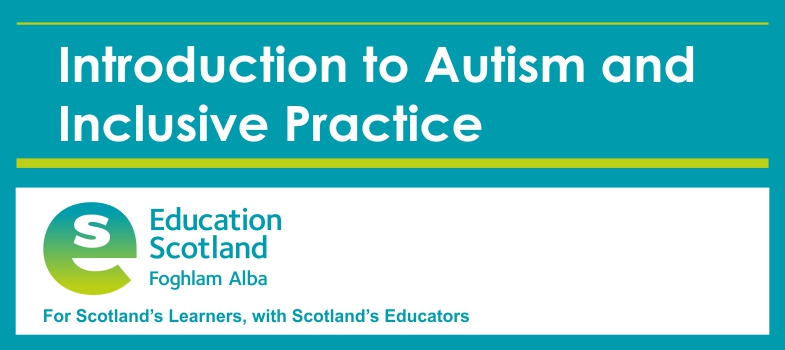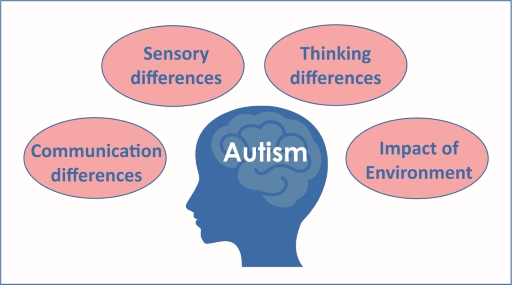3.1 What is autism?
The word 'spectrum'
The word ‘spectrum’ emphasises the variation amongst autistic people, with individuals having a unique pattern of strengths and difficulties. People on the autism spectrum have a range of intellectual abilities and will present differently depending on their developmental stage and sex. People on the autism spectrum will have a range of strengths and challenges and some will require a high level of need for support, while others will have more subtle difficulties that may still require support. People on the autism spectrum will also have individual differences in the range of their strengths and talents.
The definition of autism
Autism is a lifelong neurodevelopmental difference. This means it is a condition that affects the development of the brain. Autism affects the way a person communicates and interacts with others, how information is processed and how the person makes sense of the world.
The human population is highly diverse. Within the autistic population, there is also a great deal of diversity, and autism manifests differently from person to person.
For children and young people, there is a reciprocal relationship between the autistic learner and the environment – this includes the physical environment and the people around them. With appropriate understanding and adjustments, autistic people can flourish.
Autism is not a linear scale running from 'high functioning' to 'low functioning', which are unhelpful terms. Instead, autism varies in several different ways – sensory differences, levels of anxiety, social skills and executive functions all vary both from person to person and from time to time. Look at this short comic strip that provides one explanation of autism. A printable PDF version of the comic strip is available through the link.
Prevalence of autism
Autism affects around 1.03% of the Scottish population (McKay et al., 2018).
There are some groups where autism is under-recognised, for example:
- females
- black and minority ethnic children and young people
- children and young people living in poverty
- children and young people who are referred for autism assessments, because they have similar presentations, and do not receive a diagnosis of autism. However, they are still entitled to and require their needs to be met.
What is core to autism?
There are four characteristics core to autism:
- communication differences
- sensory differences
- thinking difference
- impact of environment.
When the above four aspects illustrated in Figure 9 are not supported appropriately, it will lead to increased anxiety for the autistic person, which is further discussed in Section 3.7.
What causes autism?
For most individuals, the cause of autism is not identified. Autism is generally thought to have a genetic basis and research is ongoing.
The Professional Development section on the Toolbox has a range of films you can watch which focus on the causes of autism.
Autism: males and females
Autism is thought to be more common in boys than girls. However, there is a growing consensus that girls are under-diagnosed or misdiagnosed. A range of reasons are given for this, including different societal expectations; diagnostic tools being designed around boys; and special interests are often gender determined due to social expectations, so interests of girls might be perceived as less unusual (e.g. strong interest in lip balms compared with interest in trains).
The quiet, anxious presentation of autism occurs across genders but might be more prevalent in girls, and these individuals are more likely to be missed.
The Professional Development section on the Toolbox has a range of films you can watch that focus on girls and autism.
3 Understanding autism

